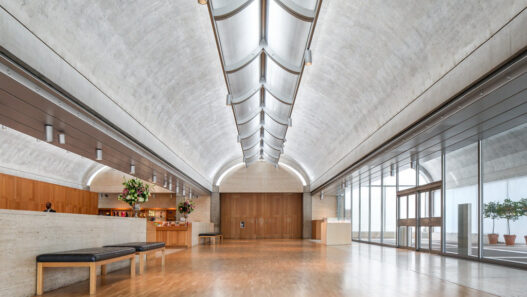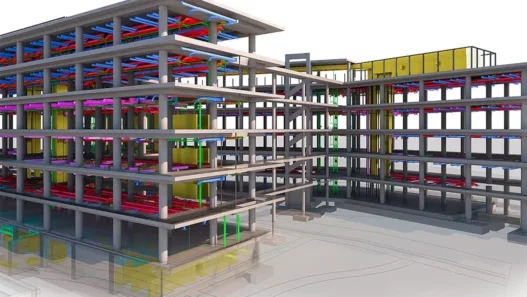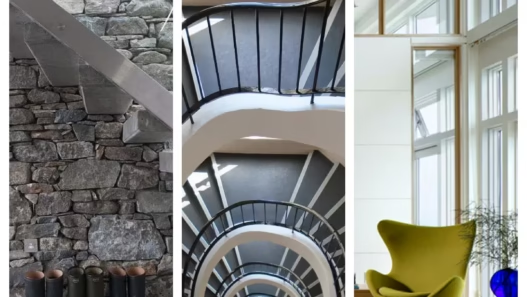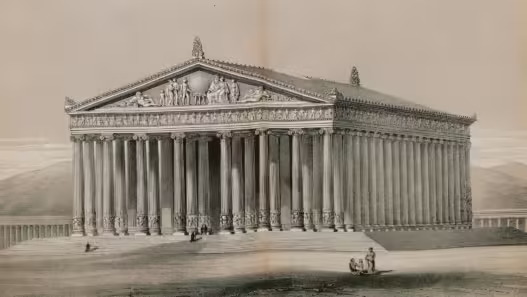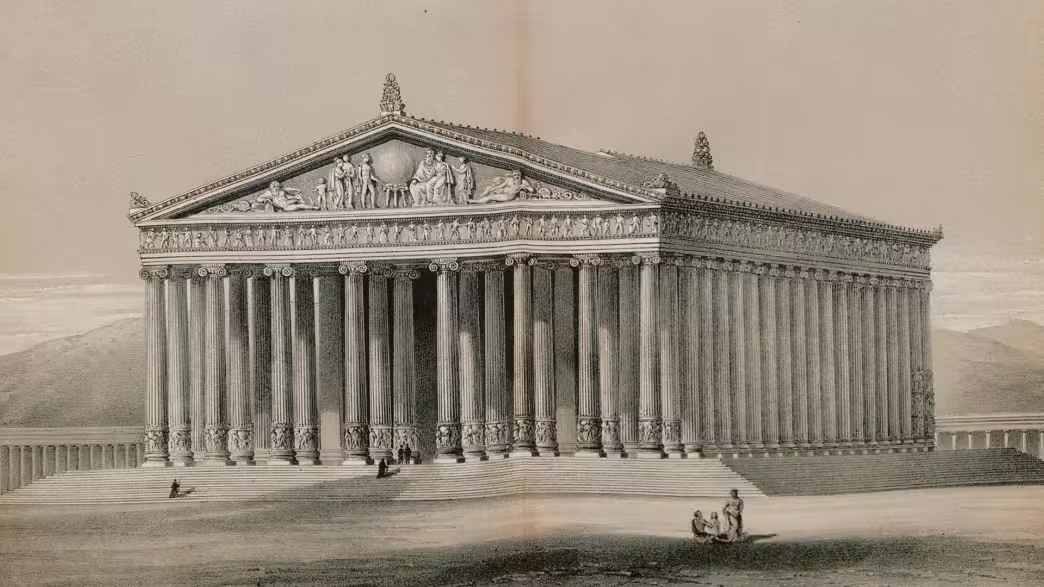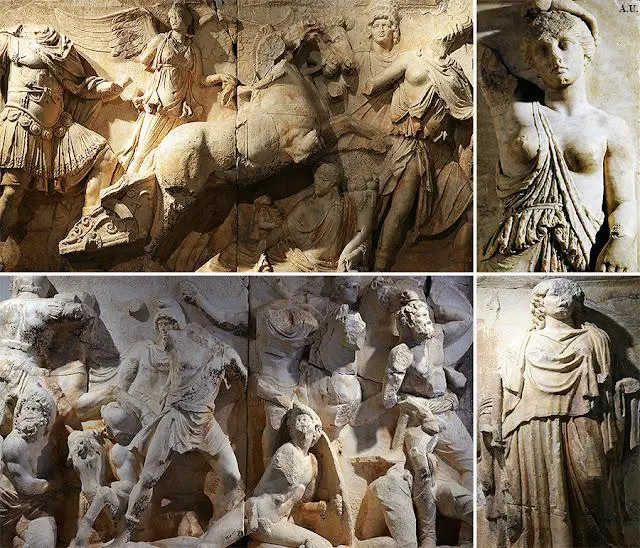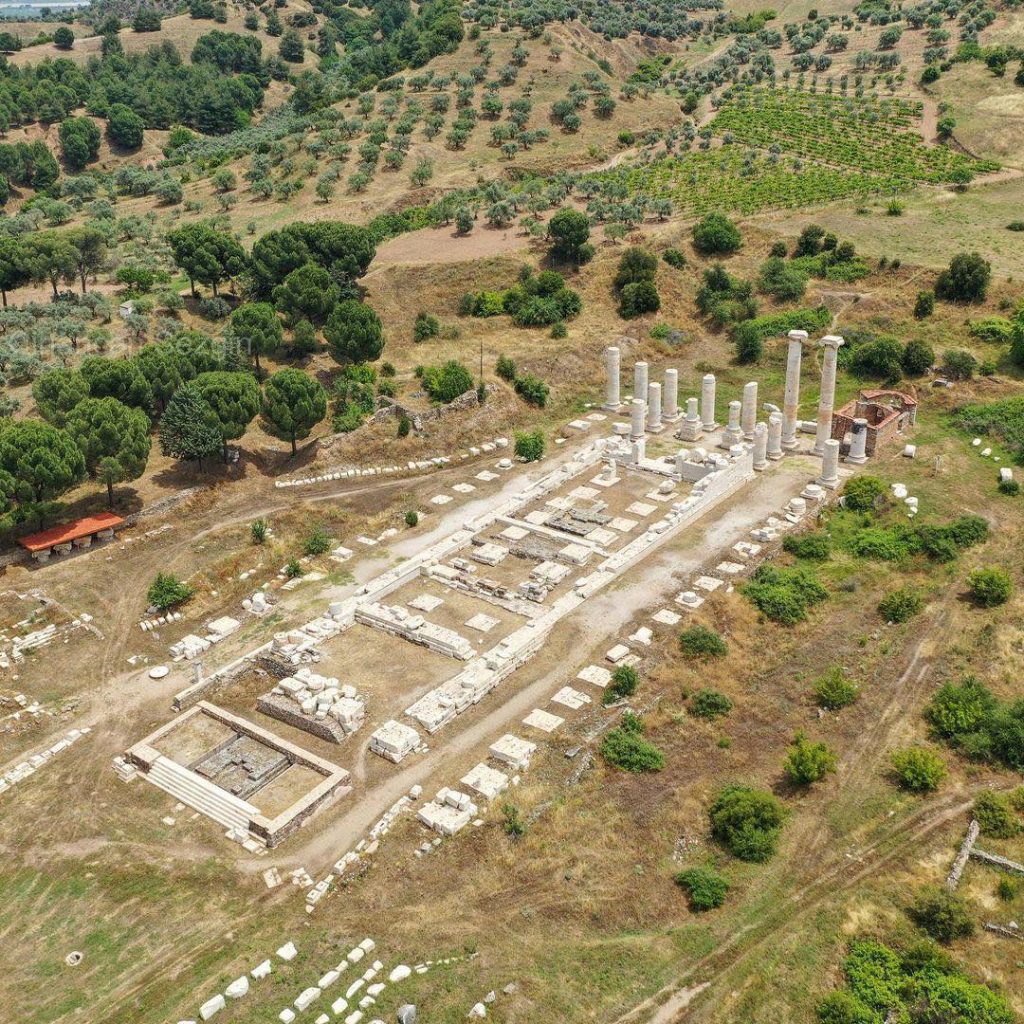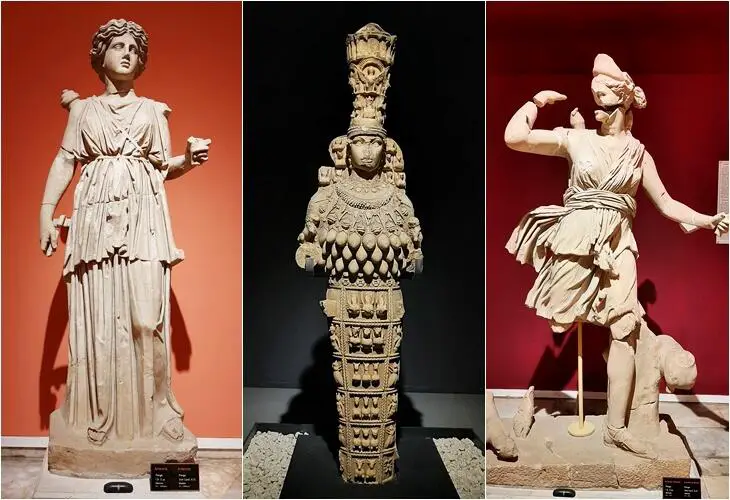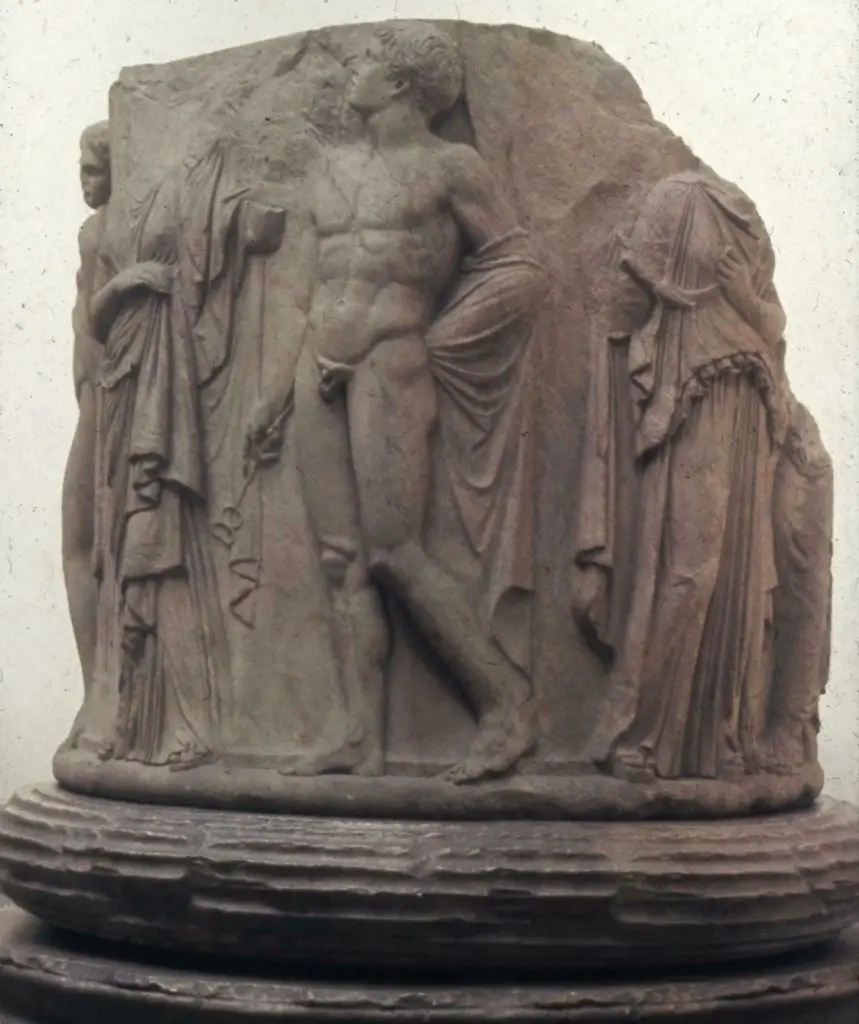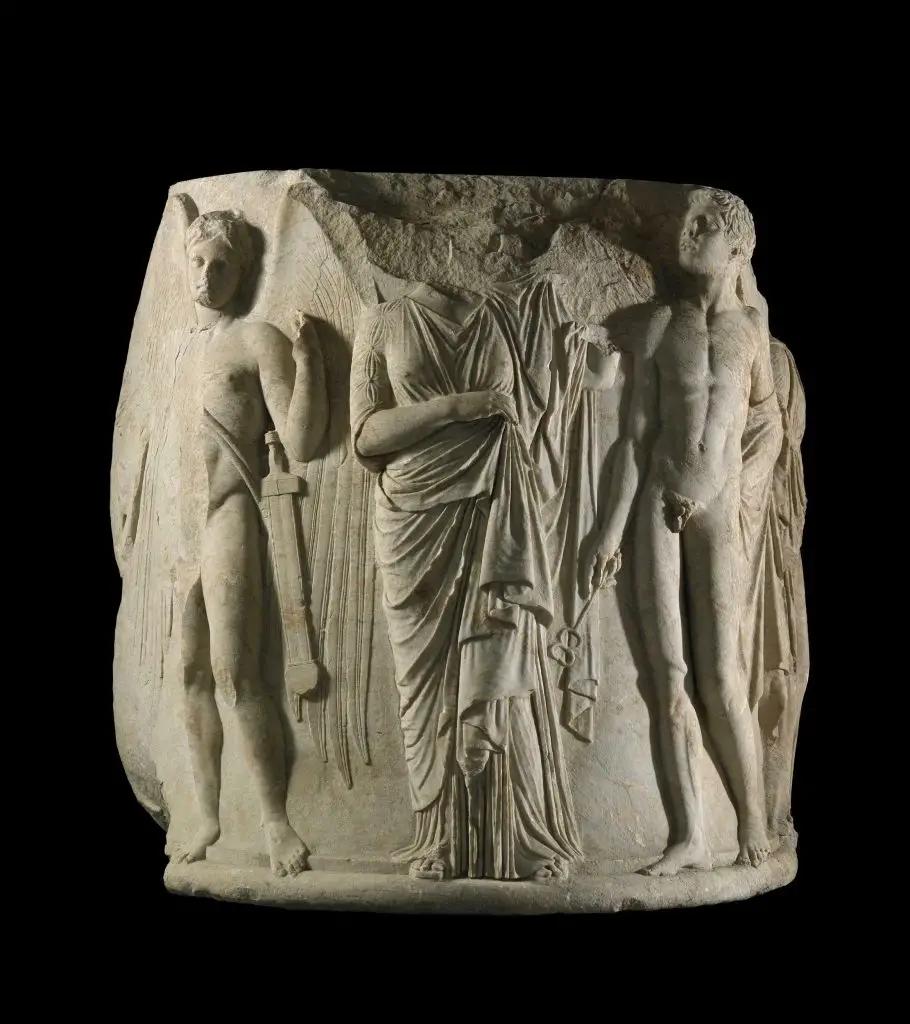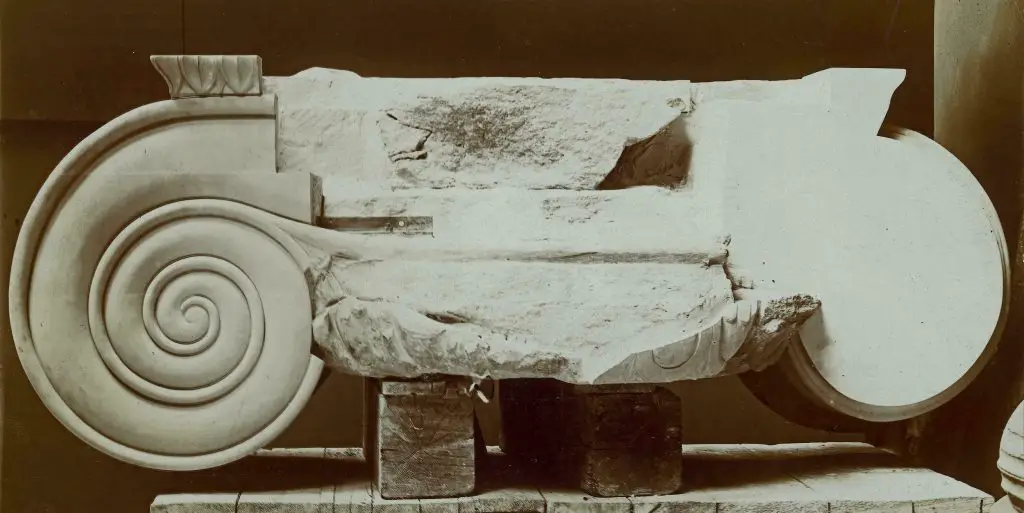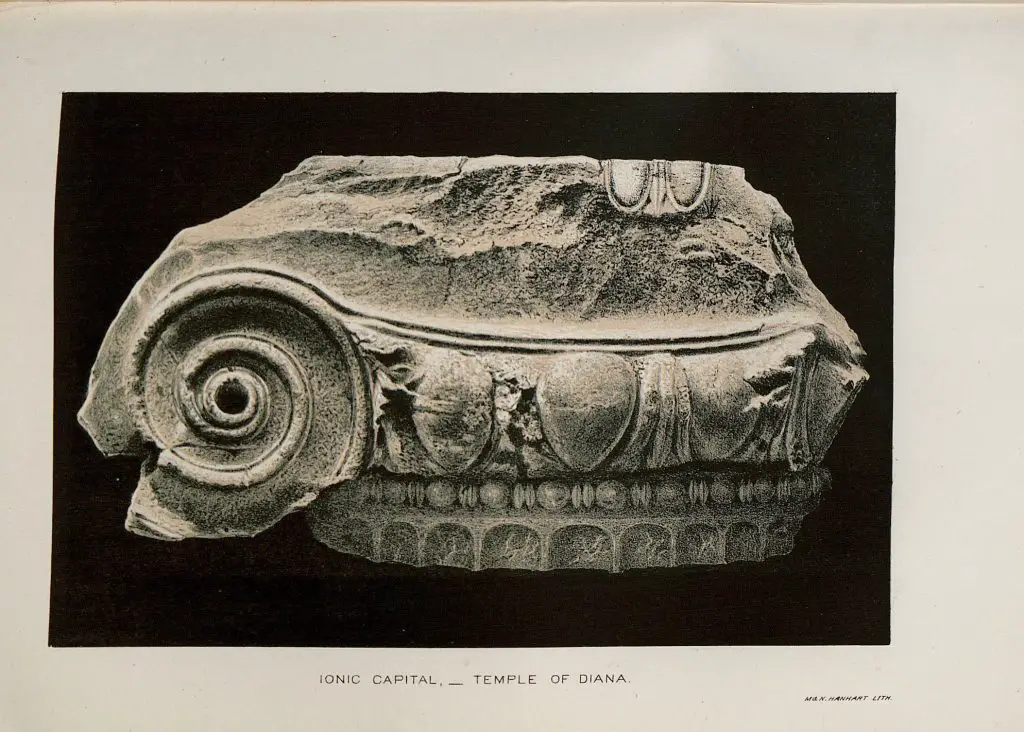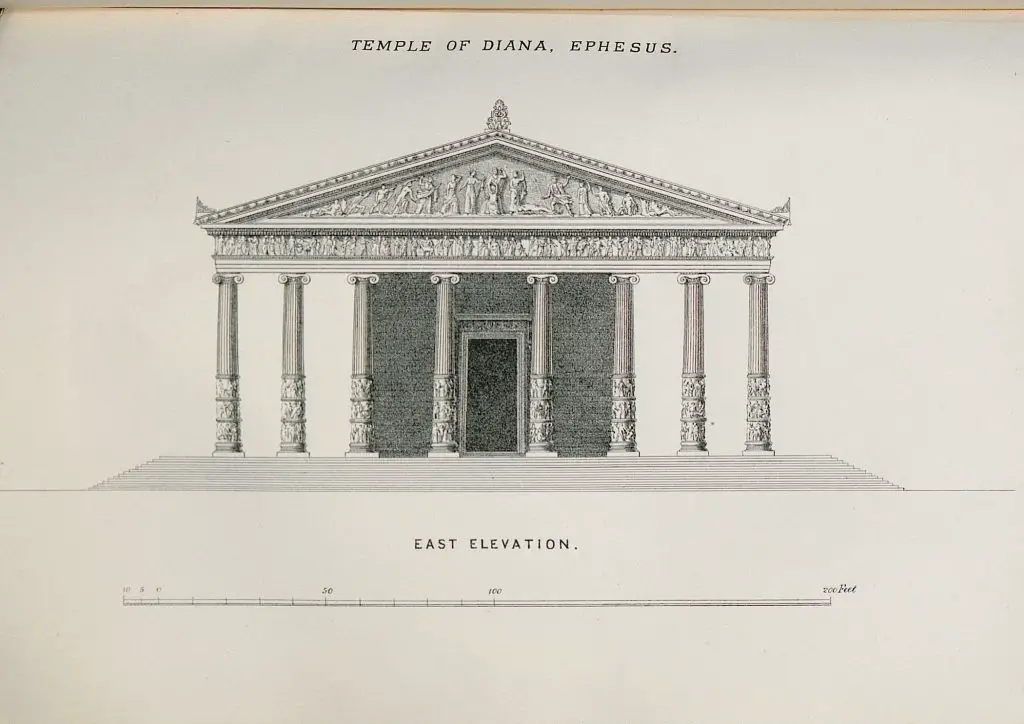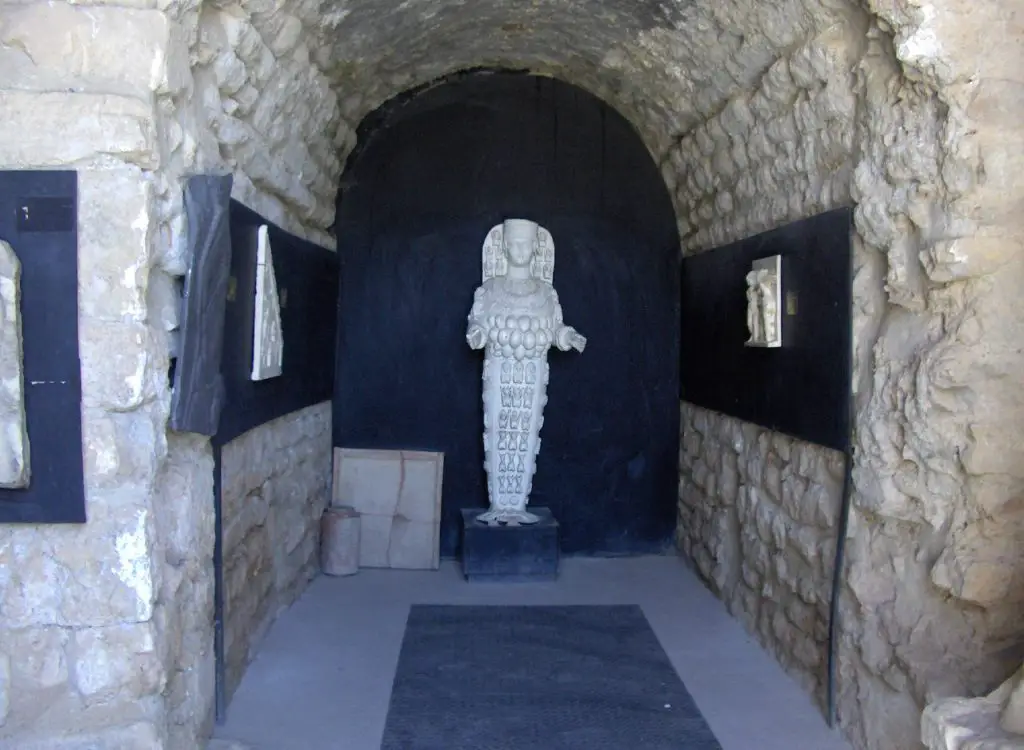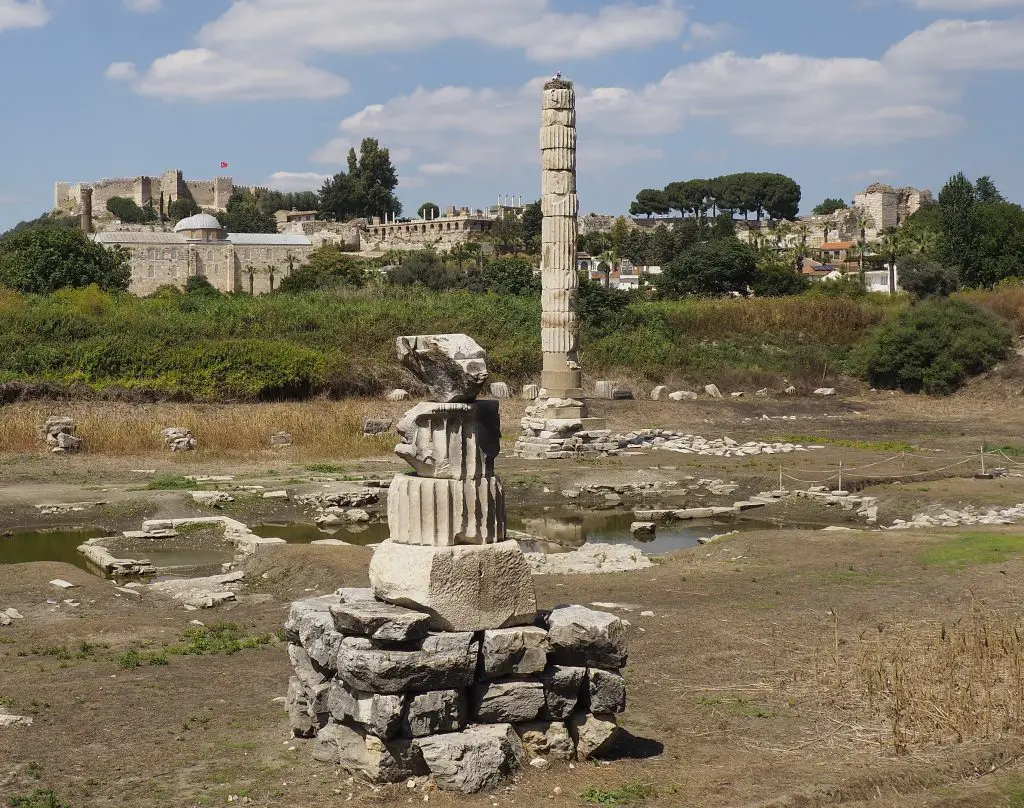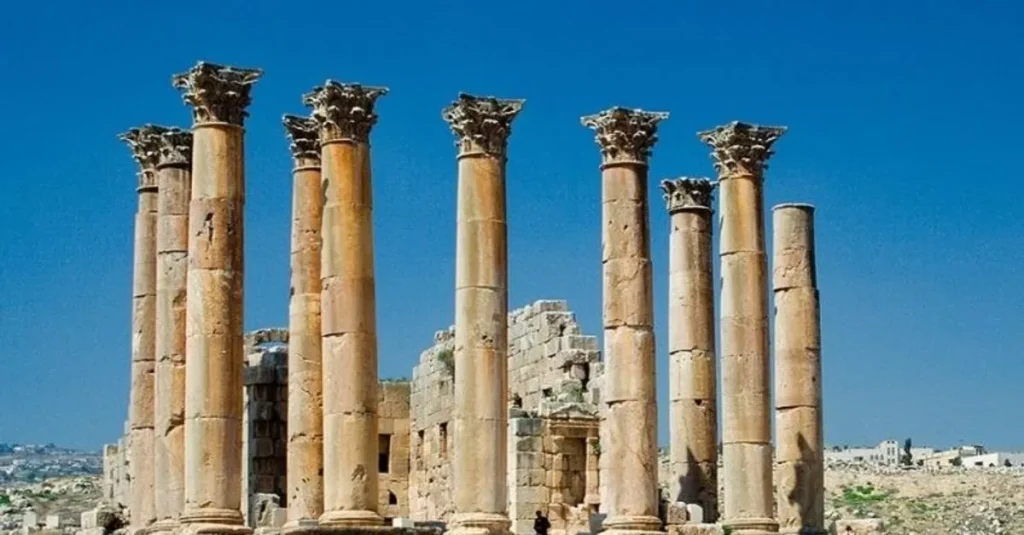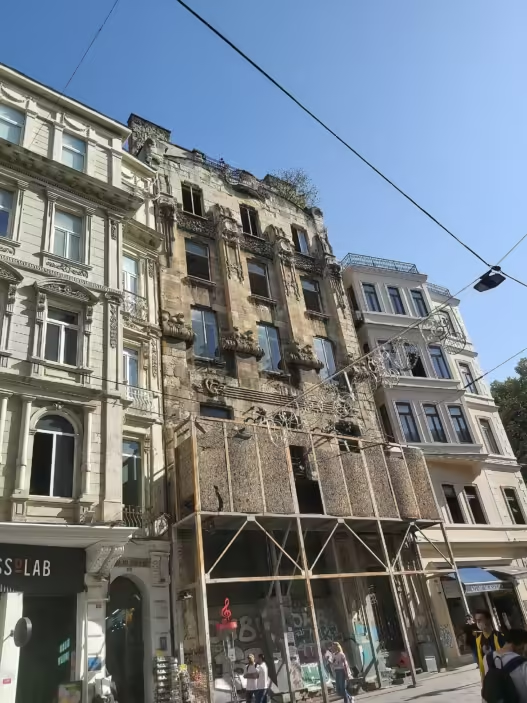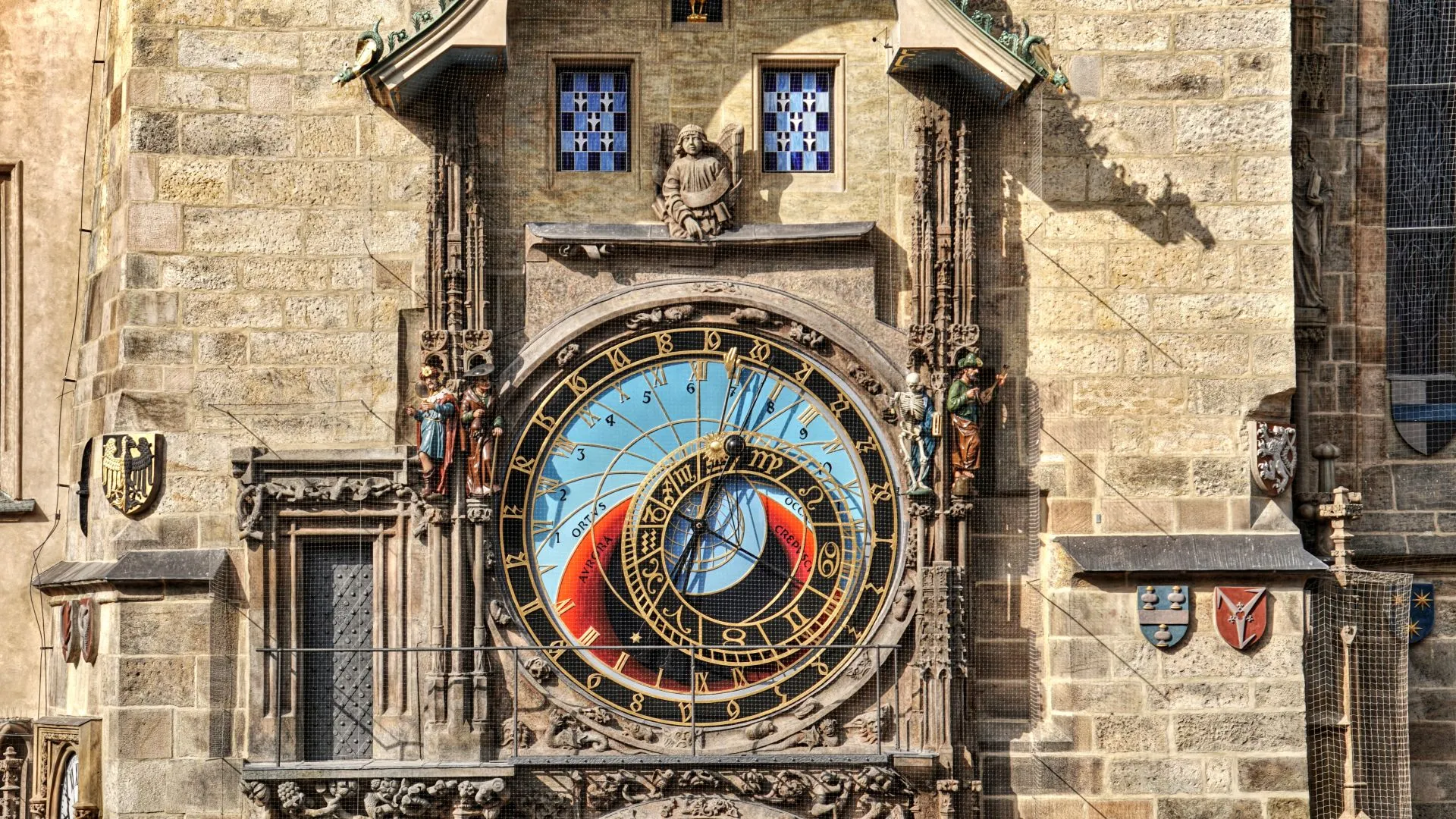Steeped in thousands of years of history and legend, the Temple of Artemis is one of the most magnificent structures of the ancient world. Located in the ancient city of Ephesus and built in the Ionic columnar style, this immense temple is dedicated to Artemis and is of great importance in ancient Greek religious practice. As Artemis was one of the Greek goddesses associated with hunting, nature and fertility, her temple was built as an expression of deep respect and worship.
The Temple of Artemis dates back to the 8th century BC and is located in the center of the ancient city of Ephesus, near the city of Selçuk in what is now western Turkey. The temple has been destroyed, rebuilt and expanded several times over time. Each time, however, it has retained its splendor and impressiveness.
The architectural structure of the Temple of Artemis is a testament to the most advanced engineering and architectural skills of its time. It continues to fascinate visitors with its Ionic columns, colossal dimensions and exquisite ornamentation. The temple’s surroundings served as a revered and visited religious center during its time.
The Temple of Artemis offers a window into the diverse religious and cultural beliefs of the ancient world. The temple’s rich history and mythological connections provide visitors with the opportunity to explore the religious practices and beliefs of the Greek and Roman periods.
Let’s explore this magnificent temple that has stood the testimony of time.
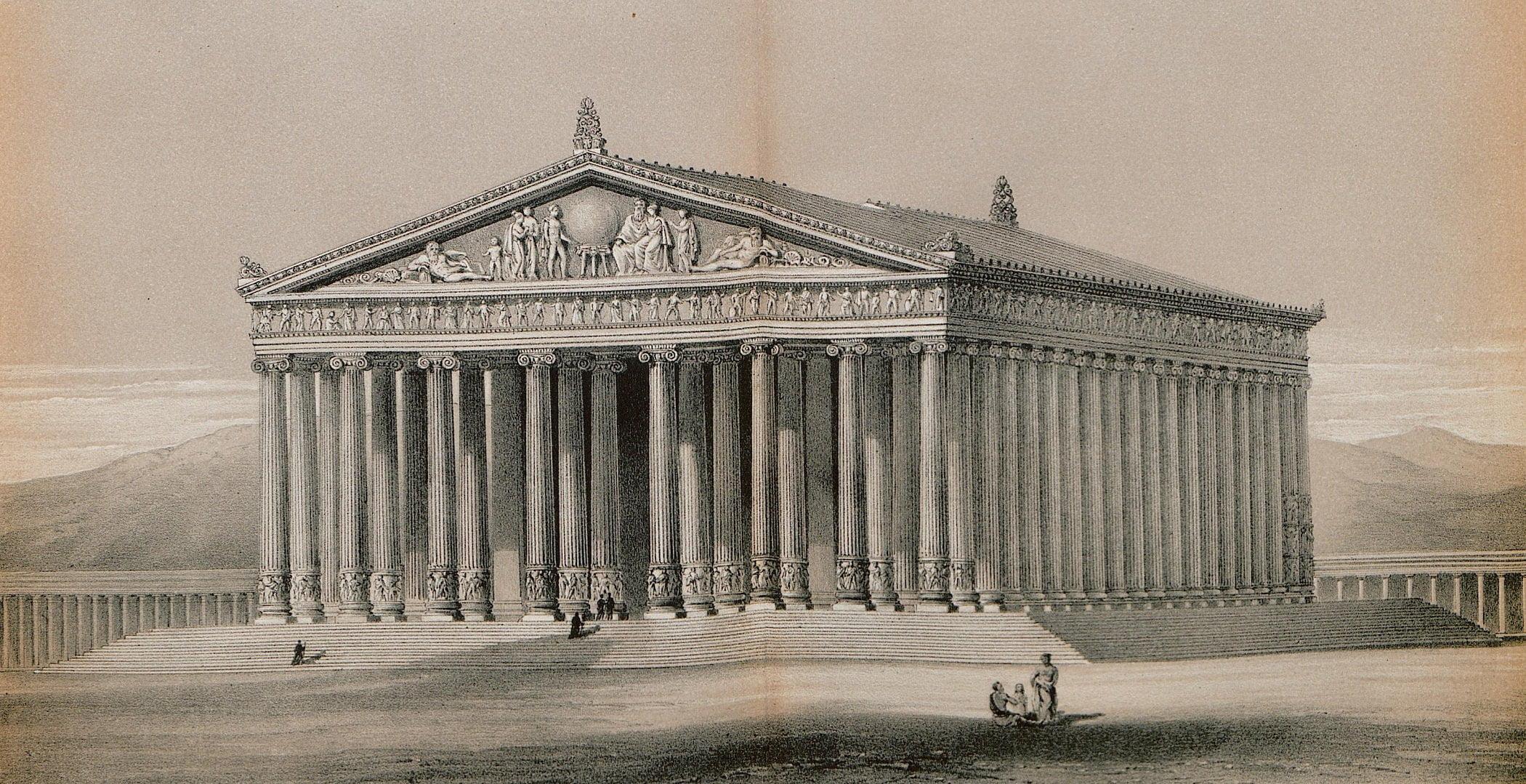
“Architecture is the highest of arts and the lowest of men.” – Leonardo da Vinci
The Temple of Artemis is an important building, known as one of the seven wonders of the ancient world. In this article, we will examine the architectural structure of the Temple of Artemis in detail. The size and details of the temple offer an important insight into the architecture of the ancient world.
Built in antiquity, the Temple of Artemis served as a large sanctuary. The temple was the center of ceremonies and worship in the name of Artemis. It was also a center of art and culture.
The architectural features of the Temple of Artemis are a testament to the engineering skills and aesthetic sense of antiquity. The temple has a magnificent structure adorned with columns, friezes and ornaments. Moreover, the plan and arrangement of the space in the temple is an indication of the techniques used in ancient architecture.
This review article will provide you with detailed information about the architectural structure of the Temple of Artemis. We invite you on an adventure to discover the mysteries of the ancient world while learning more about the importance and impact of the temple.
Highlights:
- The Temple of Artemis is one of the seven wonders of the ancient world.
- The architectural features of the temple reflect the engineering skills of antiquity.
- The temple was the center of ceremonies and worship in the name of Artemis.
- The Temple of Artemis is one of the most important examples of ancient world architecture.
- The size and details of the temple shed light on the history of art and culture.
Plan and Main Features of the Temple of Artemis
The Temple of Artemis is one of the most important and impressive structures of the ancient world. The plan and structural details of the temple have an important place in the history of architecture. In this section, we will take a closer look at the architectural design and features of the Temple of Artemis.
The Temple of Artemis was built on a large plain. The plan of the temple is rectangular and its length is approximately 110 meters. The temple is symmetrically arranged with columned entrances in front and behind. The front entrance is characterized by the double row of columns unique to the temple.
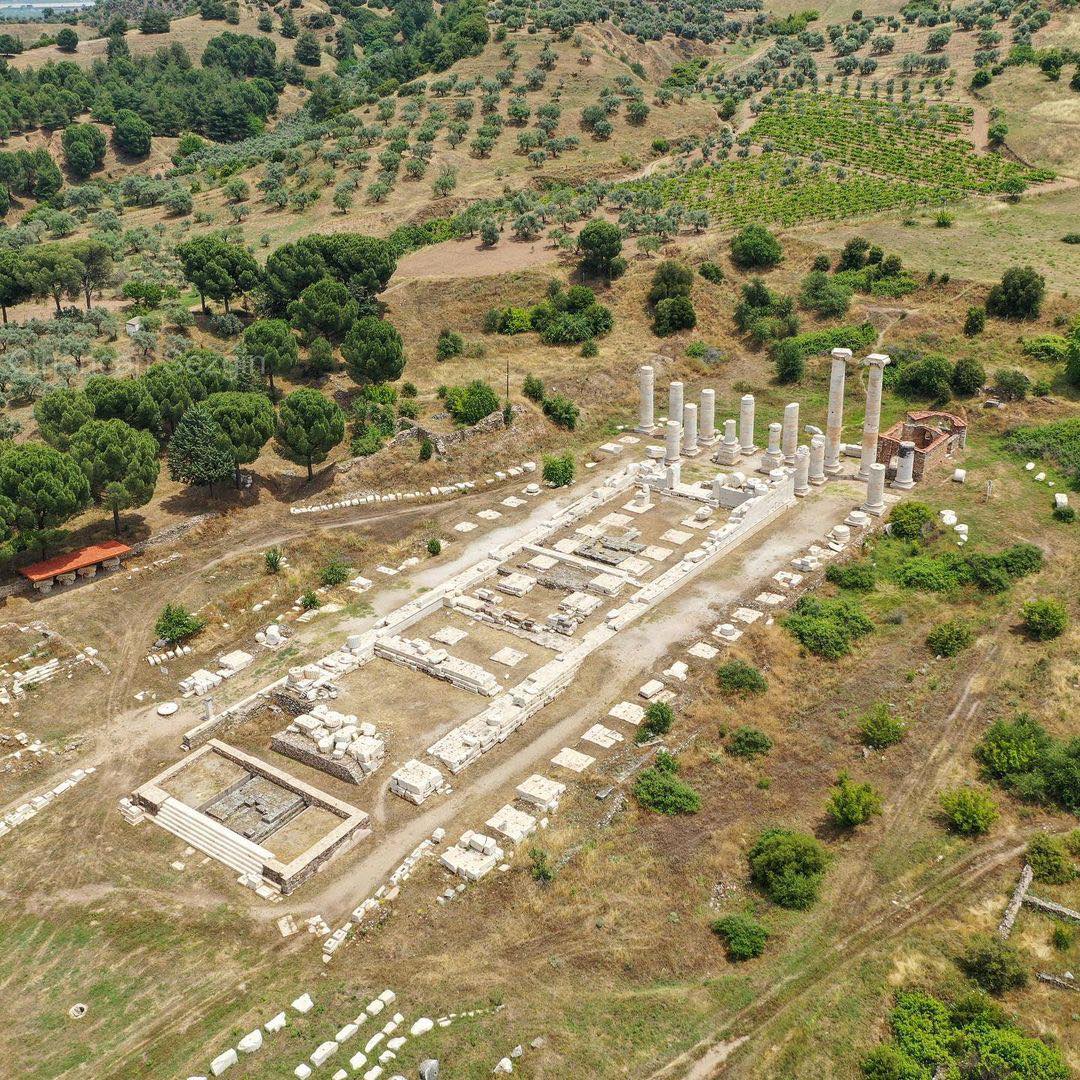

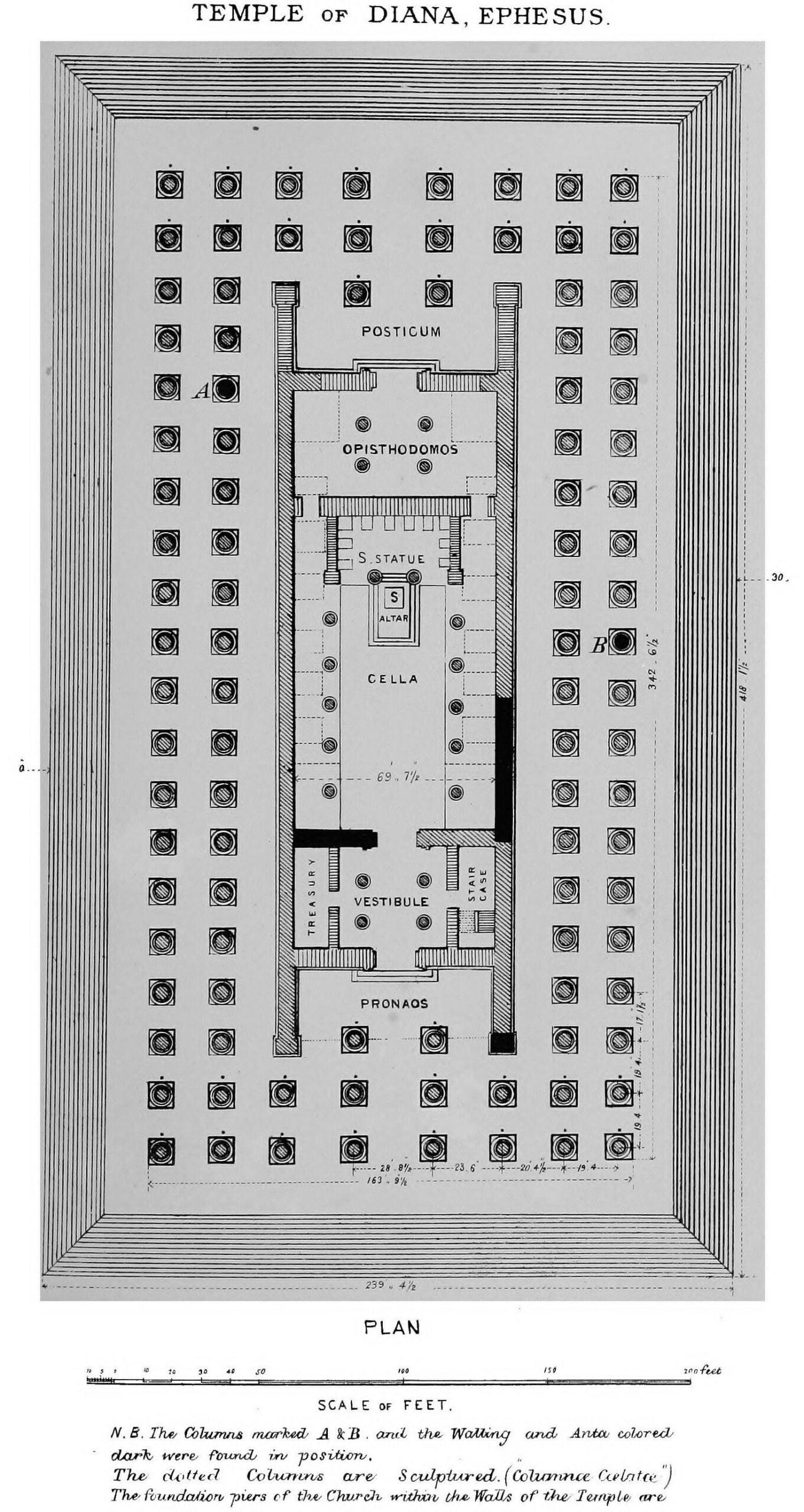

The temple contains a large altar and statues. While the altar was used to serve religious rituals, the statues represent the goddess Artemis. These sculptures in the interior of the temple are among the rare artifacts that have survived from the ancient period.
“The Temple of Artemis occupies a unique place in the history of architecture. Its plan and details are a testament to the craftsmanship and engineering know-how of antiquity.” – Researcher John Smith
The structural features of the temple include large columns, friezes and architectural ornaments. The temple has an impressive appearance and stands out for its craftsmanship and attention to detail.
Artemis Tapınağı’nın Temel Özellikleri
The main features of the Temple of Artemis are:
- Built on a large plain
- The plan of the temple is rectangular
- Columned entrances in front and behind
- Decorated with double rows of columns
- A large altar and the discovery of the contents of the statues of Artemis
- Attention to detail and craftsmanship in architecture
Artemis Tapınağı’nın planı ve temel özellikleri, antik dönemdeki mimari gelişmelerin önemli bir göstergesidir. Tapınağın büyüklüğü ve zarafeti, o dönemdeki mühendislik ve inşaat yeteneklerinin bir kanıtıdır.
Artemis Tapınağı’nın Dış Cephesi ve Süslemeleri
Artemis Tapınağı’nın dış cephesi, antik dönemdeki görkemli mimariyle dikkat çekmektedir. Tapınağın dış yüzeyi, zarif süslemeleri ve frizleriyle büyüleyici bir güzelliğe sahiptir. Bu bölümde, tapınağın dış cephesindeki detayları inceleyeceğiz.
Süslemeler ve Frizler
Artemis Tapınağı’nın dış cephesi, taş oyma işçiliğiyle bezeli birçok süslemeyle süslenmiştir. Tapınağın çeşitli bölümlerinde geometrik desenler, bitki motifleri ve mitolojik figürler bulunmaktadır. Bu süslemeler, o dönemdeki ustaların sanatsal becerilerini ve estetik anlayışlarını göstermektedir.
In addition to these, friezes also occupy an important place on the exterior of the temple. The friezes are horizontal decorations on the columns in the temple. The friezes in the Temple of Artemis depict mythological scenes and stories of the goddess.
| Decorations | Friezes |
|---|---|
| Stone carving | Mythological scenes |
| Geometric patterns | Stories of the goddess Artemis |
The ornaments and friezes on the exterior of the Temple of Artemis add a deep meaning to the temple with the depictions of gods such as Harmoni and Dionysus. These unique decorations also show how the temple contributed to the social and religious life of the period.
Interior of the Temple of Artemis and the Statue of God
The interior of the temple is one of the most impressive structures of the ancient world. It fascinates its visitors with its magnificent details and mesmerizing atmosphere. It is possible to discover various details of the ancient period inside the temple.
One impressive feature is the large statue of a god inside the Temple of Artemis. This statue plays the leading role and is one of the most important elements of the temple. It symbolizes the greatness of the goddess Artemis and the space she dominates.
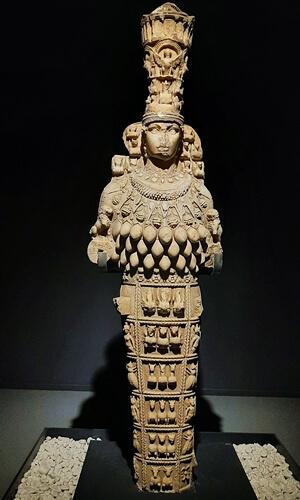

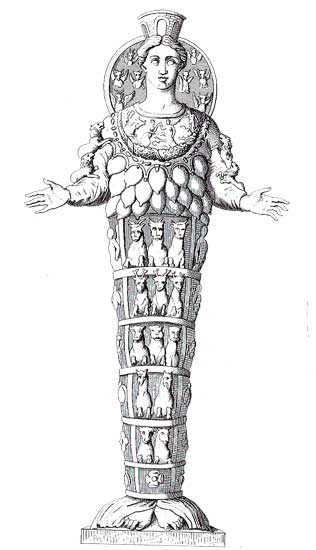
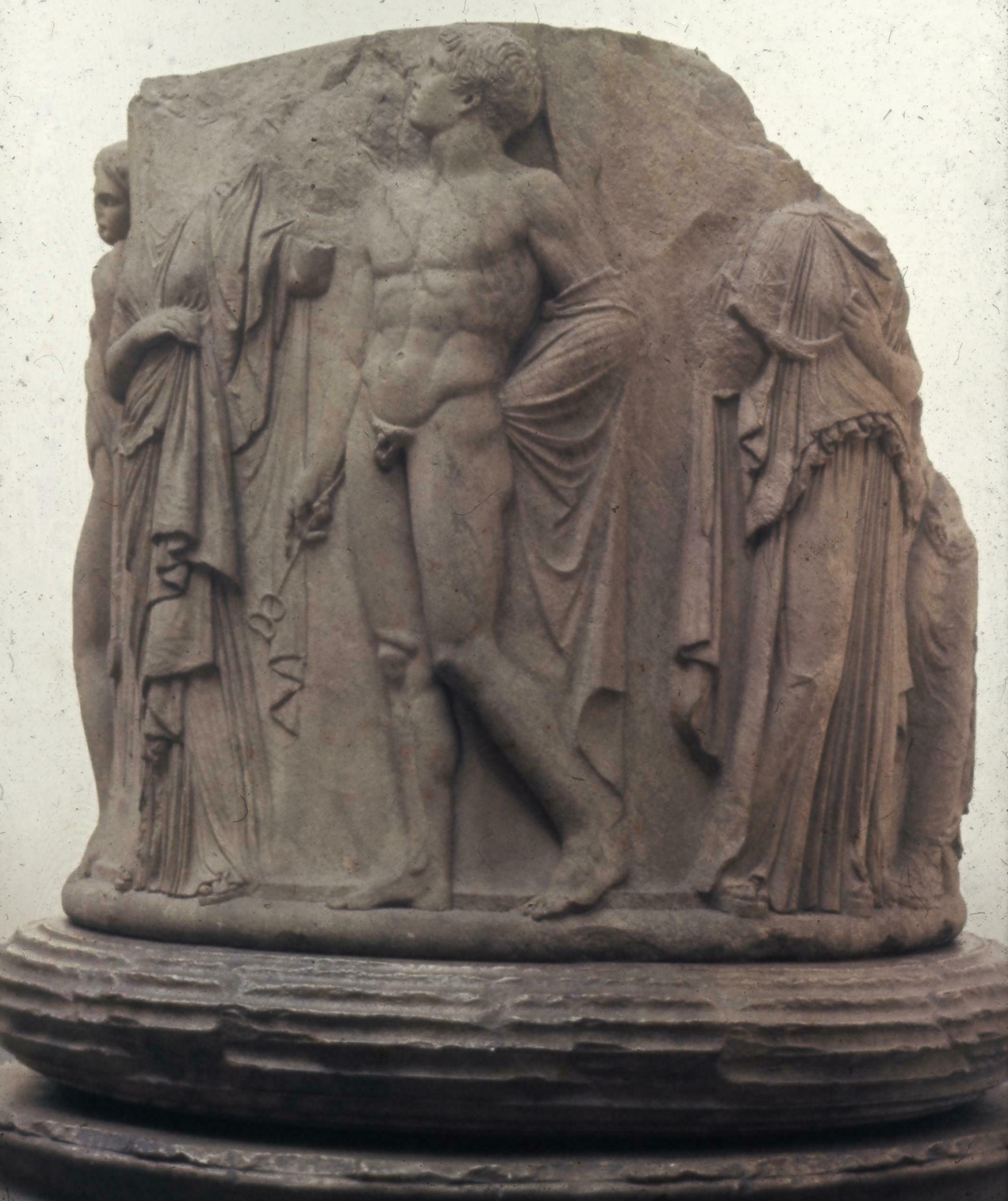
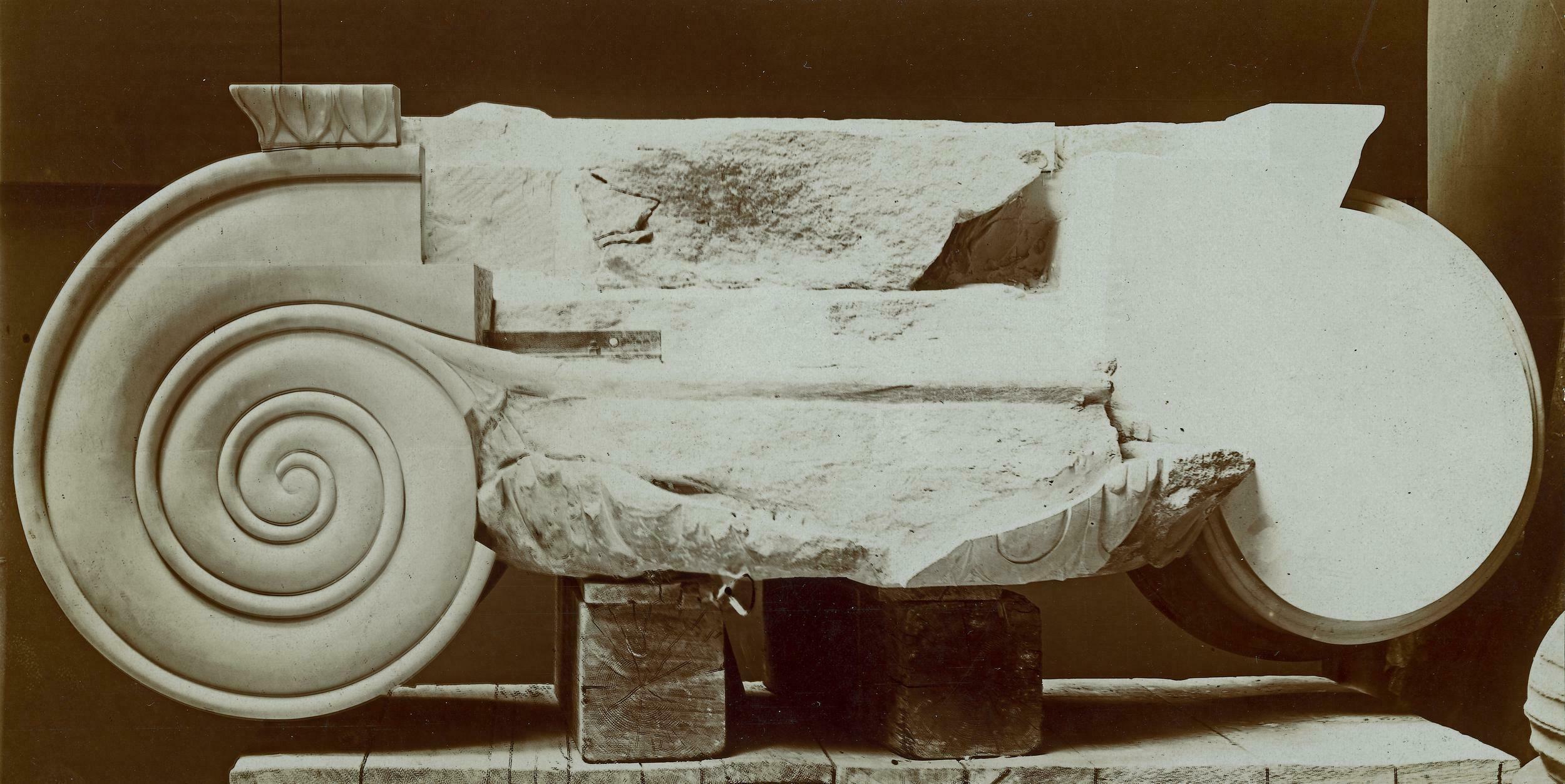

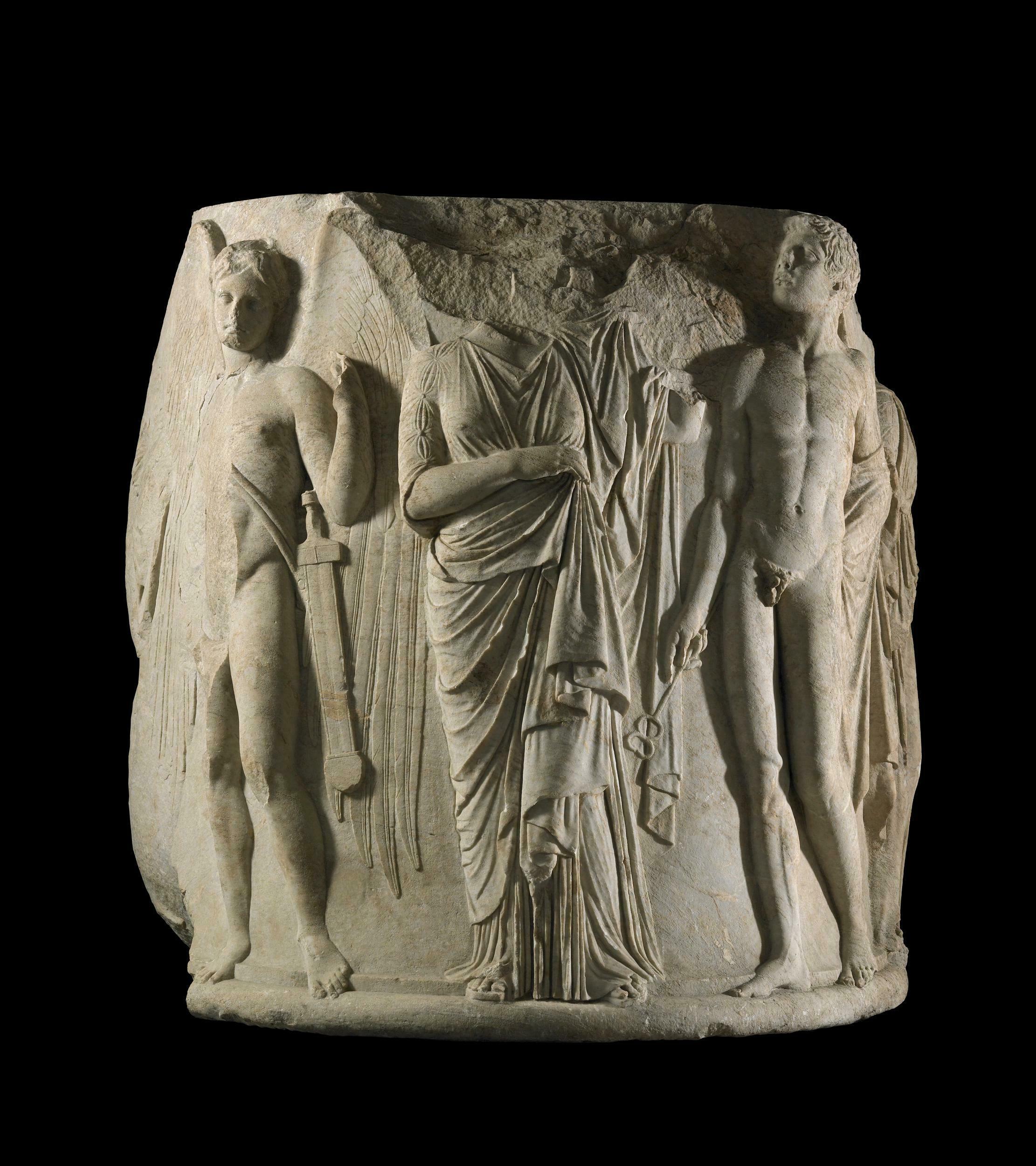
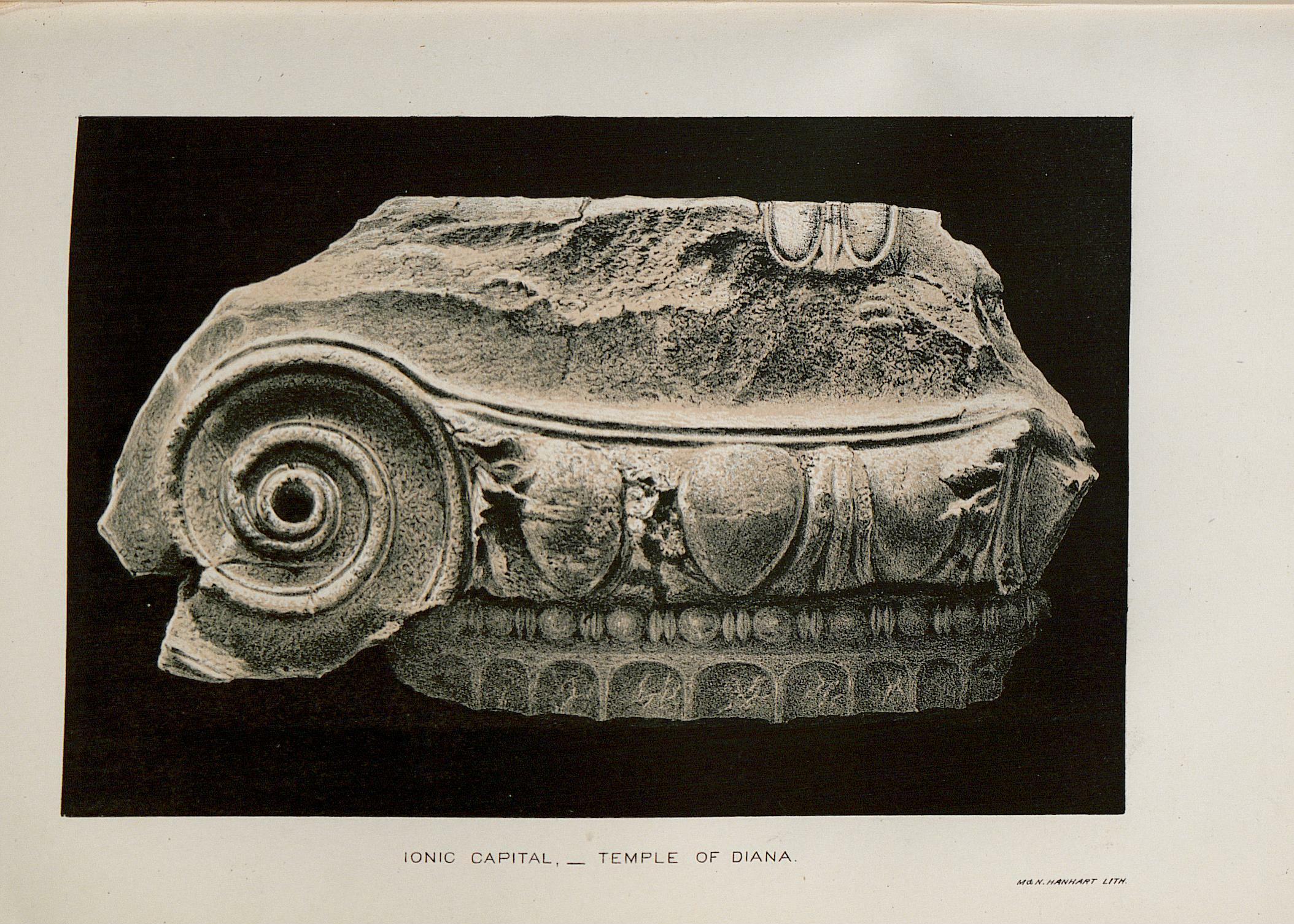

| God Statue | Details |
|---|---|
| Material | Carved in marble |
| Size | About 8 meters |
| Position | Sitting on the throne of the goddess Artemis |
| Symbolic Signs | Surrounded by predators, holding a bow and arrow |
Temple of Artemis and Other Temples of the Ancient World
The Temple of Artemis was built in an era when there were many fascinating temples in antiquity. Temples were of great importance in the religious and cultural life of the ancient world.
In the ancient world, temples were known as important religious buildings dedicated to the gods. In addition to expressing their beliefs,temples also served as gathering and social interaction spaces forsocieties . Temples such as the Temple of Artemis were special structures that offered visitors the aesthetic and architectural beauties of antiquity.
Temples in ancient times were usually built with a rectangular plan and a roof supported by columns. We see that the Temple of Artemis also has these basic features. But compared to other ancient temples, the Temple of Artemis also has some uniqueness.
The Temple of Artemis gained a reputation as the largest temple in the ancient world. The imposing dimensions and rich decorations of the temple reveal its difference from other temples.
The decorations on the exterior of the Temple of Artemis differ from the friezes in other temples. With its unique decorations and elaborate details, the Temple of Artemis is one of the most remarkable structures of the ancient world.
Some Ancient Temples Comparable to the Temple of Artemis:
| Temple Name | Location | Architecture |
|---|---|---|
| Parthenon Temple | Acropolis, Athens | Doric columns, friezes and reliefs |
| Karnak Temple | Uksur, Egypt | Colossal columns, statues and courtyards |
| Pantheon | Rome, Italy | Domed structure and Corinthian columns |
The temples shown in this table can be compared with the Temple of Artemis in terms of similarities and differences. There are various similarities and differences in architectural features, materials used, size and decoration.
Comparing the Temple of Artemis with other temples in the ancient world helps us to understand the evolution of temple architecture and regional differences. Such a comparison also highlights the diversity of ancient cultures and belief systems.
Construction Process and Craftsmen of the Temple of Artemis
Information about the construction process of the Temple of Artemis, ancient construction techniques and craftsmen will be discussed in this section. The temple is famous for the complexity of its construction and the difficulty of the process.
Construction of the Temple of Artemis began in the early 6th century BC. However, it took about 120 years to complete the temple. Many masters, architects and laborers worked during this time. The temple was designed by the most skilled craftsmen of the time.
Ancient Construction Techniques and the Role of Craftsmen
The ancient construction techniques used in the construction of the Temple of Artemis are quite advanced. Architectural planning, stone cutting, construction of load-bearing columns and ornamentation were all carried out by craftsmen, requiring a wide range of skills and expertise.
They specialized in stonemasonry, wood carving, sculpture and other construction works. It is known that the craftsmen who took part in the construction of the Temple of Artemis worked with great care and exhibited a unique craftsmanship.
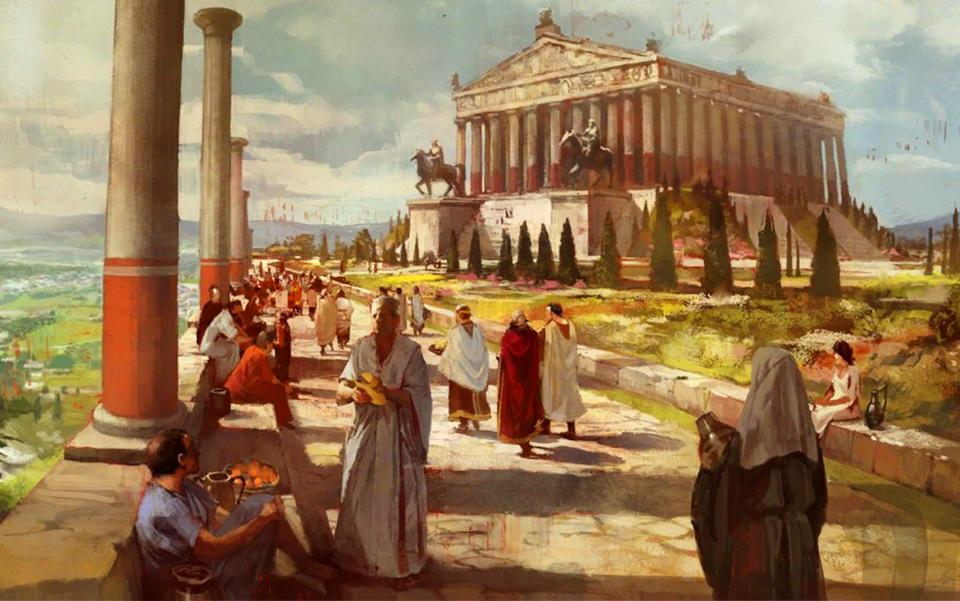



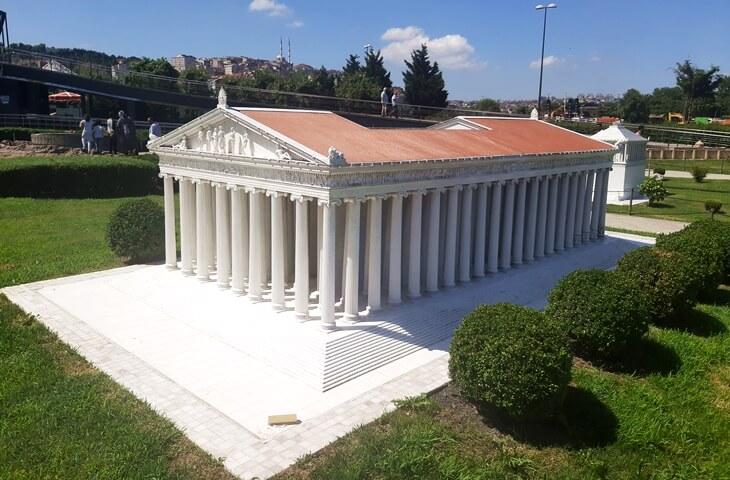
Thanks to their years of experience and craftsmanship, these masons successfully completed the temple’s remarkable architectural details and skillful ornamentation.
However, not much is known about the masons of the Temple of Artemis. This is because the names or identities of the masons were not recorded at the time, and they often worked anonymously. However, the quality and beauty of their work is still admired to this day.
| Construction Phase | The Role of Masters |
|---|---|
| Foundation Construction | Careful placement of foundation stones |
| Building Construction | Stone cutting and joining |
| Constructing Columns and Straight | Construction of supporting columns and addition of ornaments |
| Construction of Sculptures | Construction of the statue of God and placement of statues inside the temple |
| Adding Fris and Decorations | Installation of friezes as decoration on the exterior of the temple |
The construction of the Temple of Artemis and the contribution of its craftsmen is a great achievement of ancient construction. The craftsmen who worked on this structure created a monument with their technical skills at the time.
Repair and Restoration Process of the Temple of Artemis
The Temple of Artemis has undergone many repair and restoration processes throughout its history. Located in the ancient city of Ephesus, the temple has been damaged by natural disasters, wars and various human impacts over time. However, various efforts have been made to protect and restore the temple.
The repair processes of the Temple of Artemis were carried out in different periods throughout history. Especially in the Hellenistic period, the temple was recognized as an important temple of gods after it was built by the Macedonian commander Alexander the Great and was subjected to various repairs. Later in the Roman period, the temple was restored and rebuilt with imperial support.
The restoration process of the Temple of Artemis accelerated in the modern period. Especially in the 19th and 20th centuries, international efforts were made to protect and restore the temple. Archaeologists, historians, architects, architects and various scientists have worked to preserve the temple, which is still standing today.




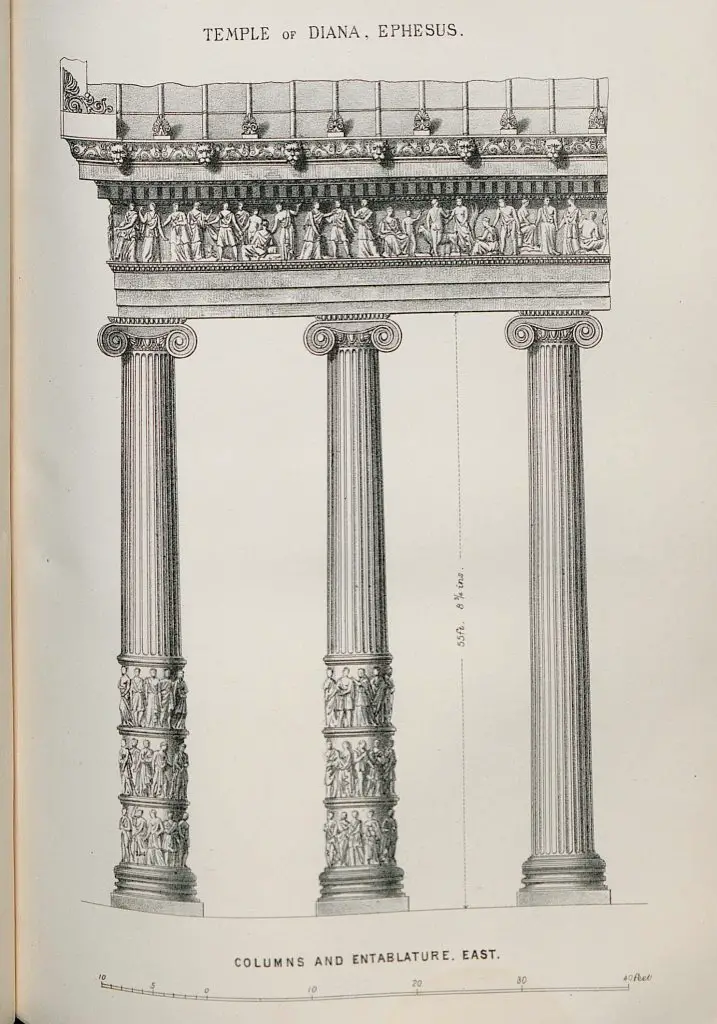
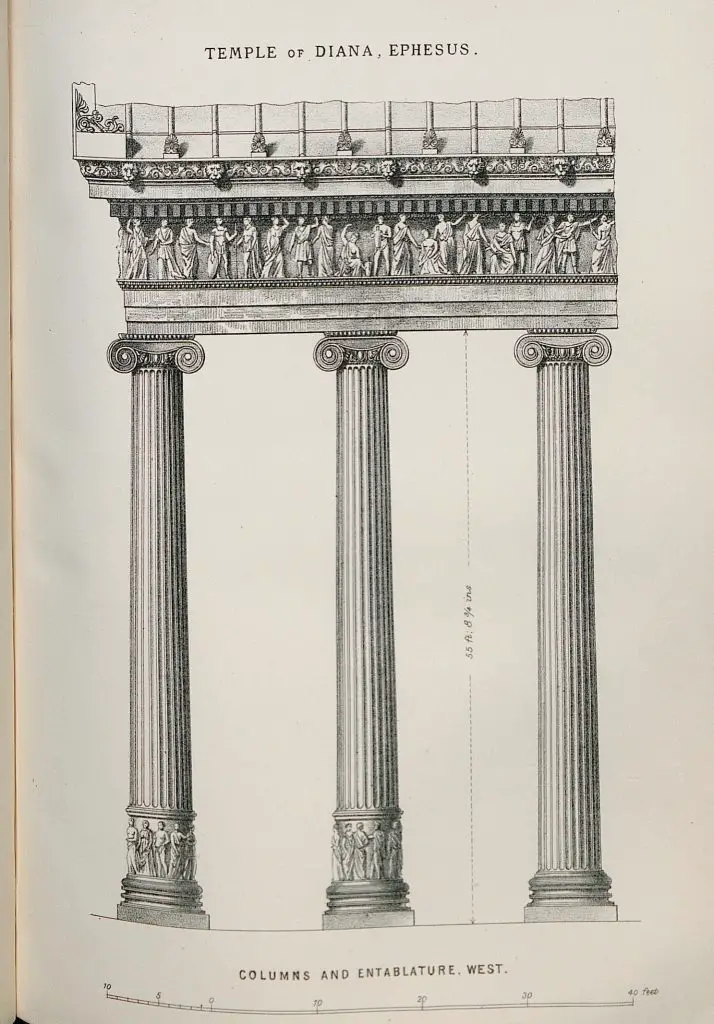

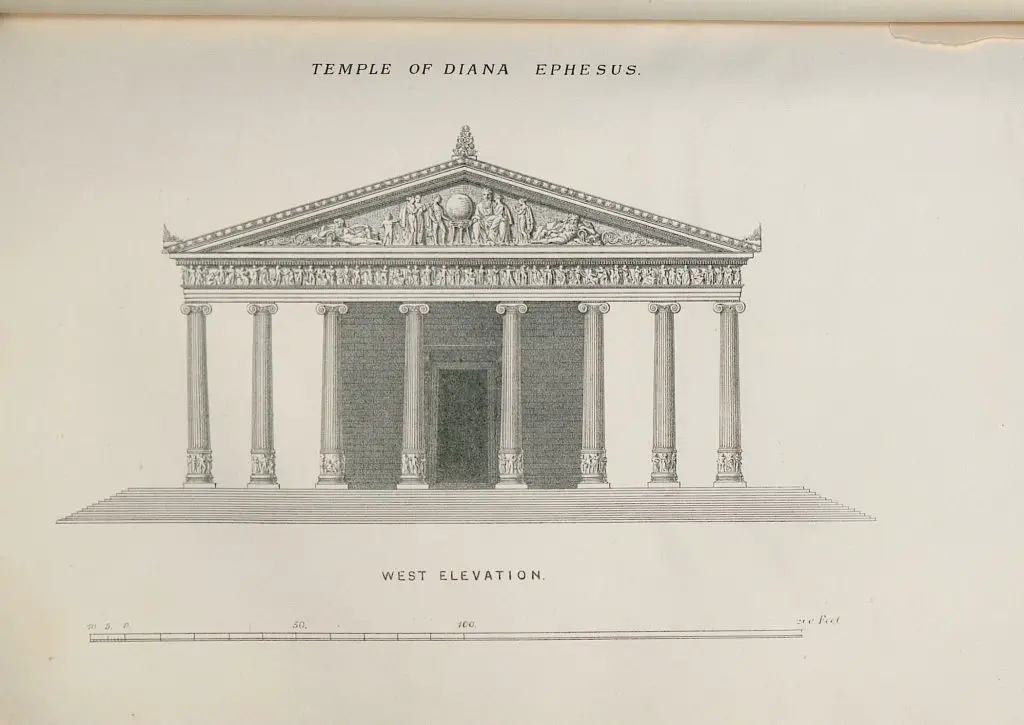

The repair and restoration of the temple was carried out both structurally and texturally. Damaged sections were reconstructed and lost ornaments and friezes were restored in accordance with their originals. Other structures around the temple were also repaired and restored.
An Example of Repair and Restoration Works of the Temple of Artemis
| Year | Repair/Restoration Work |
|---|---|
| 1870 | The first major restoration work was carried out by the French archaeologist J.T. Wood. |
| 1970-1975 | The work of German archaeologists to determine the main features of the Temple of Artemis and to make a detailed inventory. |
| 2014-2019 | Restoration works were carried out on the ground arrangement and landscaping of the temple. |
The repair and restoration process of the Temple of Artemis is of great importance, considering the temple’s structure and cultural value, which has been affected by events throughout history. Thanks to these efforts, the Temple of Artemis is now preserved as an important archaeological site for tourists and archaeologists.
Importance and Impact of the Temple of Artemis
The Temple of Artemis had a great impact as an important social and religious center in antiquity. While the temple was considered the sanctuary of Artemis, it was also the center of religious life in the ancient city of Ephesus.
The Temple of Artemis has welcomed many visitors throughout history and enabled them to perform their religious rituals. The temple is considered one of the most religiously important sites of the ancient world, as it was the center of worship and worship of Artemis.
The Temple of Artemis was greatly admired in its time and was visited by many travelers, scholars and artists. The temple is remarkable for its architecture and size, and its surviving ruins offer important clues about the ancient world.
The influence of the Temple of Artemis was not limited to the religious sphere. The temple also became the center of economic and commercial activities and the lifeblood of trade in Ephesus. The temple also contributed to the formation of a community united around the belief in Artemis.
The architectural beauty of the Temple of Artemis is considered an example of the building art of antiquity. The decorations and friezes on the exterior of the temple are remarkable for their artistic value and skillfully crafted details. The ruins of the temple are still awe-inspiring today and attract the attention of history lovers.
| Importance and Impact of the Temple of Artemis | Religious and Social Role in Antiquity |
|---|---|
| The temple was considered the center of the worship of Artemis. | It is an important place where religious rituals were performed. |
| The Temple of Artemis was the center of religious life in the ancient city of Ephesus. | The temple also became the center of economic and commercial activities of the period. |
| The temple stands out with its architectural beauty and artistic value. | The Temple of Artemis was visited by many travelers, scholars and artists in antiquity. |
The importance and influence of the Temple of Artemis in the ancient world played a major role in religious, social and economic spheres. The temple has attracted the attention of many civilizations throughout history and has been one of the fascinating legacies of the ancient world with its ruins.
Remains of the Temple of Artemis
The Temple of Artemis is located in the ancient city of Ephesus in the Selcuk district of Aydin province, with ruins still standing today. The temple is protected by the Selçuk-Efes Archaeological Museum, a government-owned archaeological site. Although the Temple of Artemis has not retained its ancient splendor, its ruins are still a fascinating sight.
The remains of the temple include columns, friezes and some structural elements. Although only a few columns and their pedestals survive today, these remains are important signs that allow us to imagine the ancient splendor of the Temple of Artemis.
| Remains | History | Details |
|---|---|---|
| Columns | 6th century BC | A few of the columns on the exterior of the temple are still standing. |
| Friezes | 4th century BC | The friezes in the temple are decorated with reliefs depicting the goddess Artemis. |
| Pedestals | 6th century BC | Some pedestals are found among the ruins of the temple, but it is not possible to see the full plan of the temple. |
The ruins of the Temple of Artemis have turned into an archaeological site that gives visitors a sense of the splendor of the ancient world and the fascinating atmosphere of the past. This is a fascinating place to visit for history and archaeology enthusiasts.




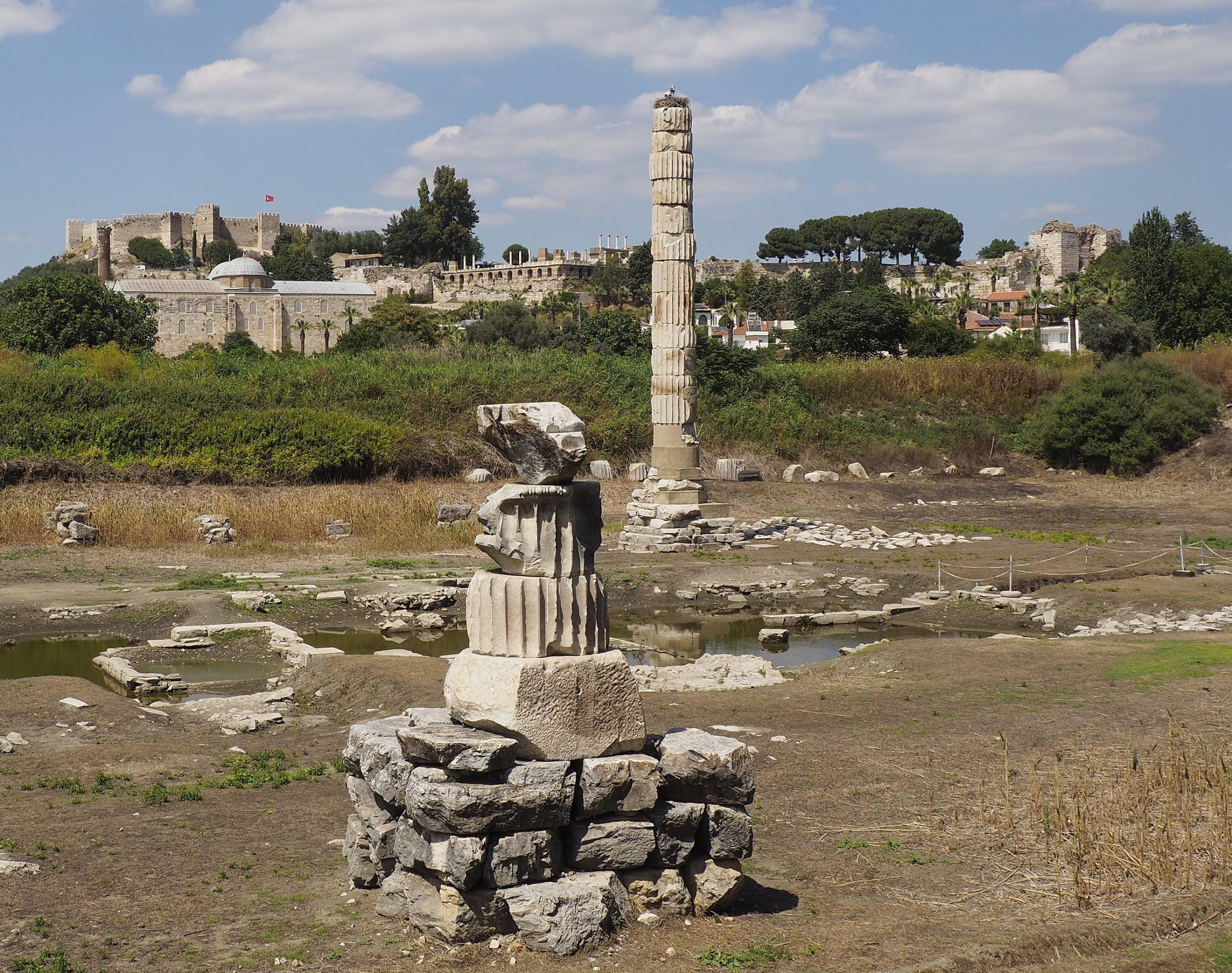
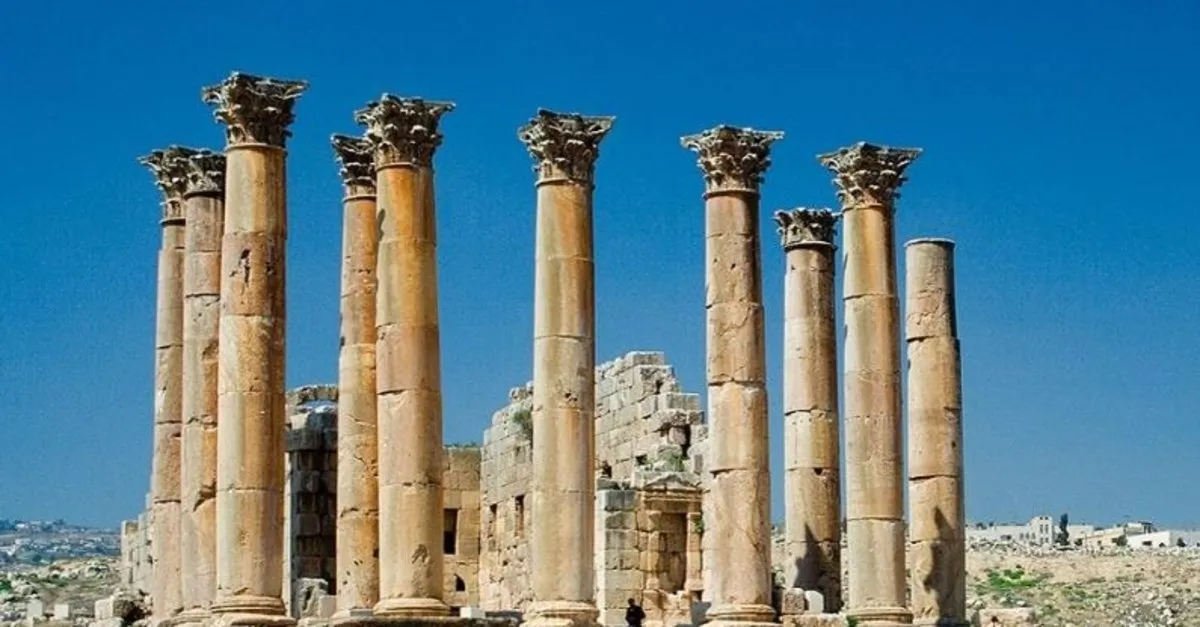
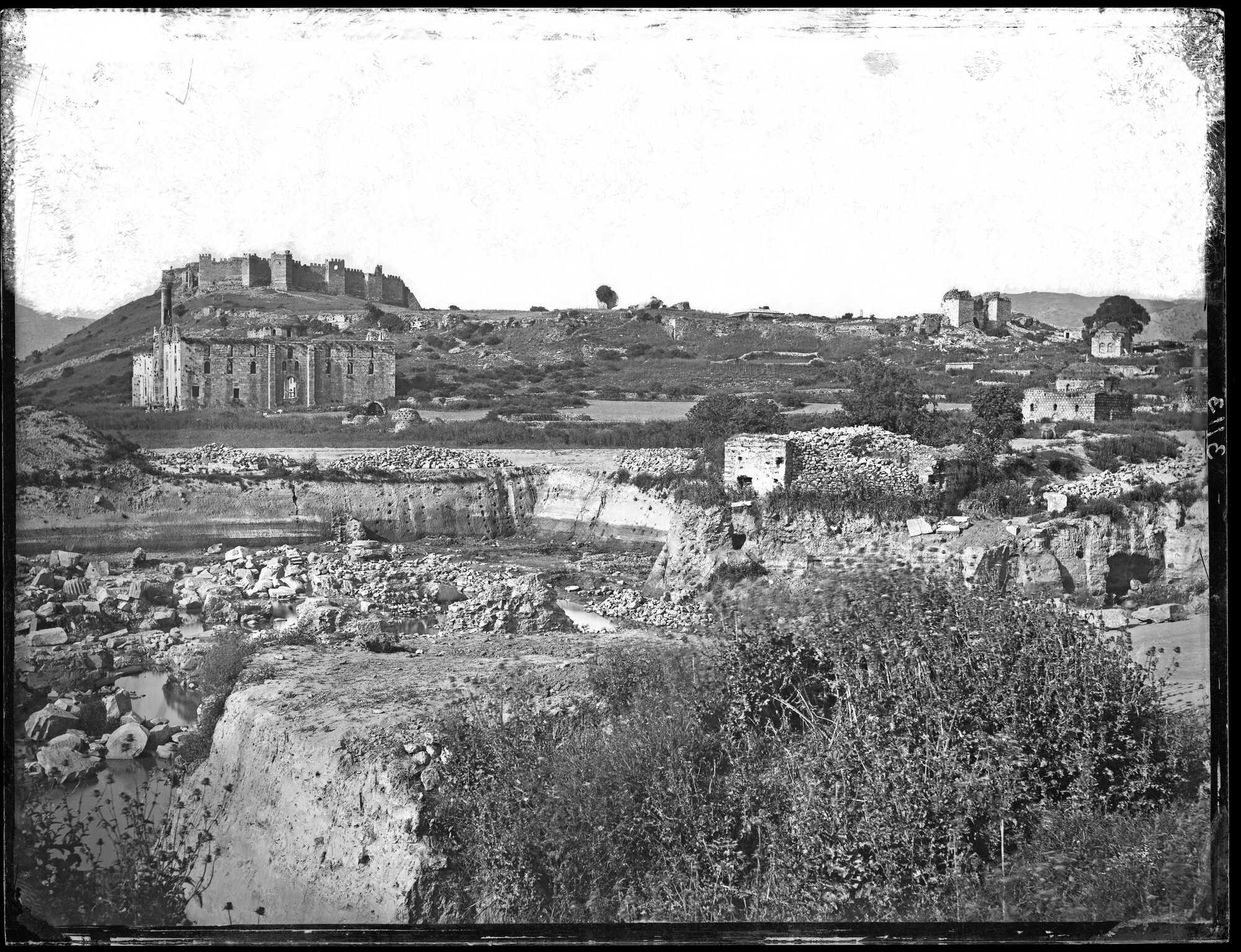
The archaeological site has many informative signs and markers for visitors. Thanks to these signs, you can learn more about the Temple of Artemis and get an idea about the importance of this ancient structure.
Legends and Stories about the Temple of Artemis
The Temple of Artemis is an important building that inspired many legends and mythologies in the ancient world. The temple was dedicated to Artemis and was believed to be under the protection of the goddess. There are many interesting stories and legends about the Temple of Artemis.
One of them is the story that the statue of Artemis, who was involved in the construction of the temple, miraculously ascended into the sky. According to another legend, the first worker who took part in the construction of the Temple of Artemis lost his life and the temple did not accept his spirit and is still unfinished.
The legends and stories of the Temple of Artemis reflect the ancient people’s belief in and respect for the temple. As a place that often appears in mythological stories, the temple represented people’s emotional and religious ties.
“The Temple of Artemis is one of the most important temples dedicated to Artemis. According to legends, the temple was the sanctuary of the goddess and Artemis, who protected people, lived here with the temple priestesses.”
Nihat Arslan – Ancient Mythologist
The legends and stories of the Temple of Artemis keep the interest in mythology and ancient world culture alive. These stories about the temple offer visitors an unforgettable journey deep into the past.
| Legend | Summary |
|---|---|
| Artemis and Orion | The story of the death of Orion, who was in love with Artemis, and her raising him to the heavens. |
| Halkis and Corinth | The story of Artemis punishing the bad behavior of the people. |
| The Destruction of the Temple of Artemis | Legend has it that the temple was destroyed in the rage of Artemis and Ephesus was destroyed. |
Exploring the legends and stories of the Temple of Artemis will deepen your interest in the ancient world and mythology. These stories will help you better understand the mystical and meaningful atmosphere of the temple.
Temple of Artemis and Recommendations for Visitors
We have some suggestions for visitors planning to visit the Temple of Artemis. You can pay attention to the following recommendations to explore the temple and have the best experience during your visit.
Prepare Yourself for the Trip
Since the Temple of Artemis is an open-air area, wear comfortable clothing. We recommend good walking shoes and sun protection. Also, remember to carry a water bottle to keep your body hydrated in hot weather.
Learn About the Temple
Learning about the Temple of Artemis in advance will help you make more sense of it during your visit. Read guidebooks or consult a tour guide to learn about the temple’s history, architectural features and mythology.
Visit Early
The Temple of Artemis can get busy as it is a popular tourist attraction. Consider visiting early in the morning to avoid the crowds. This way you can explore the temple in a quieter and calmer environment.
Respectfully Explore the Environment
It is important to respect the environment during your visit to the temple. Avoid damaging the monuments and remember that it is not appropriate to do anything like stickers or writings. It is the responsibility of all of us to preserve the historical value of the temple.
Take advantage of Local Guidance Services
To learn more about the temple and plan your visit in the best possible way, you can use the services of a local guide. Visiting the temple with an expert guide can offer a deeper understanding and an experience full of intriguing stories.
| Recommendations for Tourists |
|---|
| – Make the best use of your time by planning your visit in advance. |
| – Do not get lost in the temple by taking a map or guide with you. |
| – Carry snacks with you, considering your food and water needs. |
| – If you intend to take photos at the temple, do not forget to get the necessary permits. |
| – Take plenty of photos to enjoy the majestic views. |
Keeping these suggestions in mind while enjoying the mesmerizing atmosphere of the Temple of Artemis, you can have an unforgettable visit. Immerse yourself in the magic of the past and be mesmerized by the captivating beauty of the Temple of Artemis.
Future of the Temple of Artemis and Conservation Efforts
The Temple of Artemis is an important heritage of the ancient world and a valuable building that should be passed on to future generations. For this reason, the conservation and restoration of the temple is of great importance. Today, a series of conservation works are being carried out to ensure the future of the Temple of Artemis.
Restoration Works
The restoration of the Temple of Artemis is being meticulously carried out by expert teams. These works aim to repair the damaged parts of the temple while preserving its original features. In the restoration process, it is of great importance to use the materials used in antiquity and to preserve the original structure.
Conservation and Inspection Works
In order to secure the future of the Temple of Artemis, conservation and inspection work is continuously ongoing. The temple’s surroundings and structure are closely monitored and any damage or threats are responded to swiftly. The temple’s visitor flow and protection measures are also regularly reviewed.
Education and Awareness for Future Generations
In order to ensure the future of the Temple of Artemis, only physical conservation efforts are not enough. Education and awareness-raising activities are also of great importance in order to pass on this sacred structure to future generations and spread awareness of its significance. Events are organized to provide information about the historical and cultural significance of the Temple of Artemis and programs are offered to visitors to explain the value of the ancient heritage.
| Conservation Activities | Description |
|---|---|
| Restoration | Repairing damaged sections and preserving original features |
| Protection and Audit | Monitoring, damage prevention and inspection of the temple’s surroundings |
| Education and Awareness | Programs explaining the historical and cultural significance of the temple to visitors |
This conservation and restoration work for the future of the Temple of Artemis is being carried out to ensure that an important ancient heritage survives forever.
Frequently Asked Questions About the Temple of Artemis
How can I find more information about the Temple of Artemis?
For more information about the Temple of Artemis, you can use archaeology books, history journals or internet sources. You can also visit the ancient city of Ephesus or the area where the Temple of Artemis is located and get information about the temple from the authorities.
Do I need to make a reservation to visit the Temple of Artemis?
No, you do not need to make a reservation to visit the Temple of Artemis. The temple is open to visitors and there is no charge.
How much of the Temple of Artemis has survived to the present day?
The Temple of Artemis has been vandalized and partially destroyed many times throughout history. Today, only some ruins and columns of the temple remain.
What materials were used in the construction of the Temple of Artemis?
Marble and stone were used in the construction of the Temple of Artemis. The temple was built by the best craftsmen of the time.
Why is the Temple of Artemis considered one of the Seven Wonders of the Ancient World?
The Temple of Artemis is considered one of the Seven Wonders of the Ancient World because of its size, grandeur and artistic value. The temple has inspired many people throughout history.
Are the restoration works of the Temple of Artemis ongoing?
Yes, the restoration of the Temple of Artemis is ongoing. Archaeologists and restoration experts are working to preserve the temple and pass it on to future generations.
When is the best time to visit the Temple of Artemis?
The best time to visit the Temple of Artemis is during the spring and fall seasons. During these periods, the weather conditions are milder and the number of visitors is lower.
Is there accommodation near Temple of Artemis?
There are several hotels and accommodation facilities near the Temple of Artemis. These facilities offer visitors a comfortable stay.
How can I reach the Temple of Artemis?
The Temple of Artemis is located in the town of Selçuk in the Selçuk district of Izmir. You can reach Selçuk by bus or train and get off close to the temple.
Is Temple of Artemis a suitable place for children?
Yes, the Temple of Artemis is a suitable place for children. However, it is important that children are careful in the temple and do not violate the protected areas.
My thoughts about the Temple of Artemis
The Temple of Artemis has taken its place on the stage of history as one of the most impressive structures of antiquity. This colossal structure contains many important clues about the art, architecture and religious beliefs of humanity. This temple dedicated to Artemis is not only a place of worship, but also a center that reflects the cultural and religious life of its time.
The detailed study of the structure has helped us to illuminate unknown aspects of the ancient world. The large size of the Temple of Artemis gives us information about the construction techniques and engineering skills of the period, while the motifs used in its decorations reflect the aesthetic understanding of that period. This structure was decorated with a rich symbolism in accordance with the divine qualities of Artemis, which shows the importance of religious beliefs and rituals at that time.
Although much of the Temple of Artemis that has not survived has been lost in the course of history, the ruins that remain offer us the splendor of antiquity and a deep understanding of humanity’s past. It remains a source of great interest for archaeologists and historians.
If you haven’t read it yet, you can also check out our review of Guggenheim Museum Bilbao – Architecture Expression…
Architect: Architect Chersiphron of Knidos and his son Metagenes
Architectural Style: Ancient Greek Ionian Architecture
Year: 6th century BC – 4th century BC
Location: Selcuk, Izmir, Turkey
Discover more from Dök Architecture
Subscribe to get the latest posts sent to your email.







